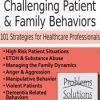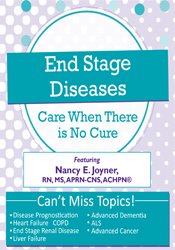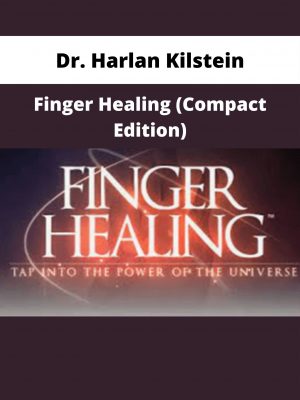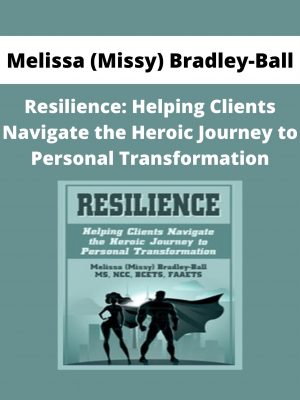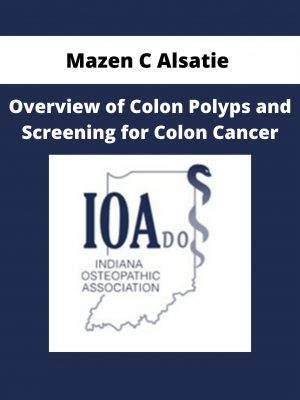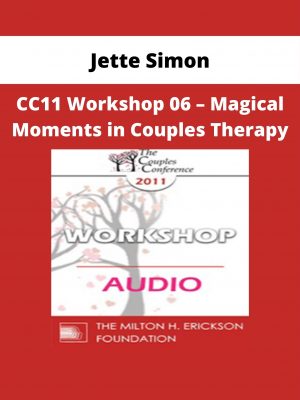Nancy Joyner – End Stage Diseases Care When There Is No Cure
$219 Original price was: $219.$62Current price is: $62.
Shopping Instructions:
- DISCOUNT 15% : SHOP15
- Product Delivery: Within 1 – 12 hours after purchase.
Available for Pre-Order. This product will be available within a few days.
Nancy Joyner – End Stage Diseases Care When There Is No Cure
Disease Prognostication: An Inexact Art & Science
- Illness and Dying Trajectory
- Performance Scales
- Prognosis Tools
- Determining Palliative Care vs. Hospice
- National Consensus Project: Eight Domains for Quality Practice
- Crucial Conversations
Heart Failure
- Stages
- Treatment options
- Devices to Extend Life
- Symptom Burden/Management
- Prognostic Models
- Living better – or prolonging suffering?
Advanced Cancer/ Neoplastic conditions
- Staging Cancer
- Spiritual needs
- Complications and interventions
- Spinal cord compression
- Superior vena cava syndrome
- Bowel obstruction
- Hypercalcemia
- Fungating wound care
- Signs of impending death
Pulmonary Disease
- Staging the disease
- Spirometry: a required test
- The MMRC Breathlessness Scale
- Treating dyspnea: The pain of non-malignant disease
- The medical toolbox: oxygen, bronchodilators, opioids & steroids
Amyotrophic Lateral Sclerosis
- Diagnostic tests
- Post-polio syndrome: An ALS mimic
- Advance directives and life support decisions: nutrition & gastrostomy, non-invasive ventilation or invasive?
- Table of useful medications
Advanced Dementia
- Stages
- Ethical issues: feeding, medications
- Ensuring comfort
- Delirium & dementia
- Interventions for agitation and aggression
Renal Disease
- Appropriate use of dialysis
- Staging disease with Glomerular Filtration Rate (GFR)
- Hemodialysis mortality predictor
- Symptom burden
- Underutilization of hospice
Liver Disease
- Prognostic Determination
- Ethical issues
- Signs of ‘end stage’
Challenging Decisions
- What do People Want at the End of Life?
- Honoring Patients Wishes
- Delirium vs near death experience
- Dying Signs, symptoms and needs – is hydration needed?
- Mental health needs of the dying
- Managing pain as death nears
- Palliative sedation therapy: for intractable symptoms
Moral Distress
- Ethical dilemmas
- Medication errors
- Conflicted consciences
- Giving the last dose
- Attending the first death
- Strategies for diminishing death discomfort
- Personal versus professional grieving
Would you like to receive Nancy Joyner – End Stage Diseases Care When There Is No Cure ?
Description:
Are you ever looking for creative ways to make sure someone’s legacy will be passed on? Well think about what we did with Harold, a patient with metastatic bowel cancer. He was part of a local “village” that, over the years, transformed from acres of farmland to housing and a town. In an effort to keep his heritage alive, he had photos made into large posters and used his carpentry skills to create an entire model of the town. When we made visits, his only focus was teaching us about this legacy. He did not want it lost with his death. So we began to videotape the whole story from Harold. But he was not satisfied yet. So, with his permission, we got a local TV station to come do a story on the model, the photos, and the stories behind them. To their credit, the TV personnel never mentioned Harold was ill, or a hospice patient. The video aired on the local station and Harold was ecstatic – and at peace. He died soon after, his legacy passed on.
Harold’s story and other case studies will provide examples of amazing opportunities that can be experienced when caring for parents dealing with end stage diseases. Caring for patients with end stage disease requires extreme sensitivity, deep compassion, and extraordinary knowledge. In order to deliver expert, holistic care, healthcare professionals need to be knowledgeable of new interventions to promote quality of life for patients with all types of disease processes. To add to the challenge, each particular end stage disease has unique complexities for the patient, the family and the healthcare professional.
Very little has been written about end stage liver disease. Many texts do not mention it at all. Did you know that a patient seeking a liver transplant can be on hospice care while waiting? We will discuss how this is done. What can we do about patients with COPD who have no solution for exacerbations except to come to the emergency department, or go to ICU? One medical director has an excellent intervention for this. It’s time to think out of the box more than we ever have as providers. We will discuss a patient named Adele, who had ovarian cancer for 10 years, was in the final stage, but had a list of 20 items that all had to be “fixed” before she died. The team did a wonderful job helping her obtain peace. It only took a pencil, a yellow pad of paper, and dedicated friends. Find out how the team rallied to help carry out her final wishes! What can we do to keep costs down…yet assist the patient with symptoms experienced? Come learn about the latest strategies that have been proven successful in practice. You are guaranteed to leave with new tools that you can put to use when a cure is not possible, yet quality support and care most definitely are.
Related products
HEALTH & MEDICAL
Dr Heidi M Crocker – Yoga Alignment | Speaker: Heidi Crocker EdD, DC
HEALTH & MEDICAL
HEALTH & MEDICAL
HEALTH & MEDICAL
HEALTH & MEDICAL
CC11 Workshop 06 – Magical Moments in Couples Therapy – Jette Simon
HEALTH & MEDICAL
HEALTH & MEDICAL
Regina Meredith – Conscious Media Network with Regina Meredith – Eric Pearl on The Reconnection


